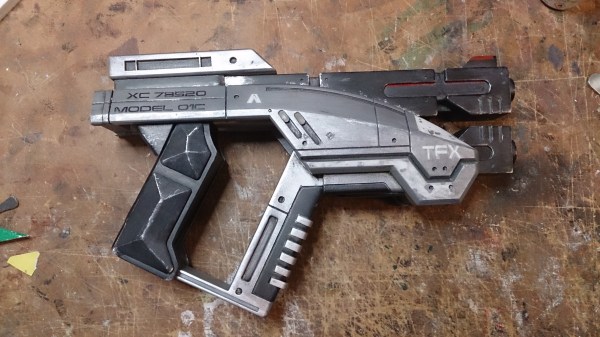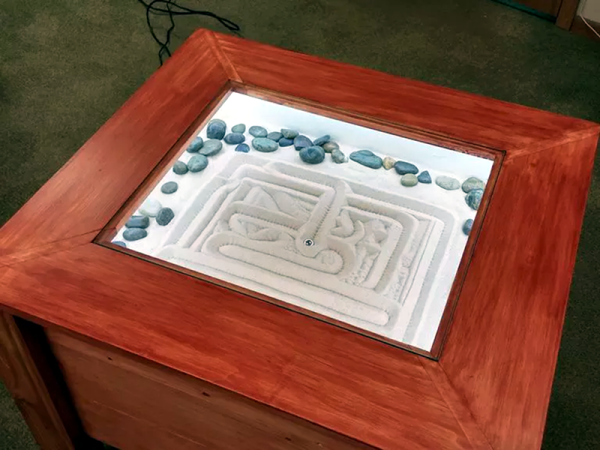Video game props require a dedicated maker with a repertoire of skills to create. When those props are pulled from the Mass-Effect universe, a little more technological mastery is needed. Bringing those talents to bear, [Optimistic Geometry] has built a motorized, folding M-3 Predator Pistol!
The gun was modeled in Fusion 360 and 3D printed on an Ultimaker 2 at the MAKLab Glasgow. [Optimistic Geometry] felt constrained by the laws of our reality, so opted for the smaller firearm thinking it would be an appropriate entry-level challenge. I’m sure you can guess how that went.
There wound up being three main build phases as well as a spring-loaded version to testing purposes. Throughout, [Optimistic Geometry] struggled with getting the parts to latch fully open or closed, as well as working with the small form factor. However, overhauling the motor design — and including some limiters lest it deconstruct itself — a custom latching circuit, and — obviously — a few LEDs for effect, produced a magnificent prop.
















